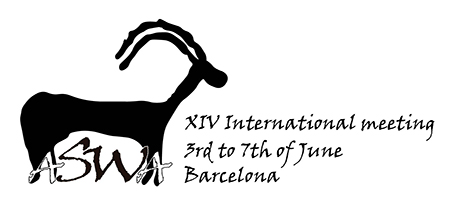Recent development of archaeological investigations on historical periods has provided the opportunity to work on faunal assemblages from Islamic period that spans over 1400 years. Meanwhile, the number of available assemblages is low compared to the length of this period. The earliest assemblages date back to the 8-9th century AD, and the latest to the 19th century. They all belong to urban contexts. According to written texts, Islamic rules for consumption, diet and hygiene have been fundamental in everyday life and have shaped the subsistence practices during this period. However local variations are also visible, in particular in coastal areas. The licit mammalian meats in Islamic rules are basically sheep/goat, cattle, dromedary and camel. Consequently, these herbivores and in particular bovids, constitute the main sources of meat supply and also by-products. In this paper we will present an overall view of the existing data with a focus on the characterisation of sheep and goat population during this period of time in relation to the market economy and agropastoral practices.
- Poster

 PDF version
PDF version

